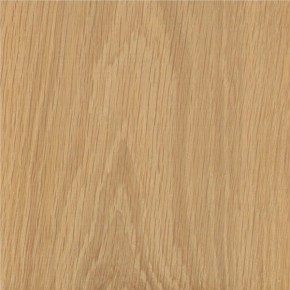Description
Color/Appearance: The heartwood is a light to medium brown color. Sapwood can be very wide, and tends to be a beige or light brown; not always clearly or sharply demarcated from heartwood.
Grain/Texture: Has a medium to coarse texture similar to oak. The grain is almost always straight and regular, though sometimes moderately curly or figured boards can be found.
Endgrain: Ring-porous; large earlywood pores 2-4 rows wide, small latewood pores solitary and radial multiples; tyloses common; parenchyma banded (marginal), paratracheal parenchyma around latewood pores vasicentric, winged and confluent; narrow rays, spacing normal.
Rot Resistance: Heartwood is rated as perishable, or only slightly durable in regard to decay. Ash is also not resistant to insect attack.
Workability: Produces good results with hand or machine tools. Responds well to steam bending. Glues, stains, and finishes well.
Odor: Can have a distinct, moderately unpleasant smell when being worked.
Allergies/Toxicity: Ash in the Fraxinus genus has been reported to cause skin irritation, and a decrease in lung function. See the articles Wood Allergies and Toxicity and Wood Dust Safety for more information.
Pricing/Availability: Ash is among the least expensive utility hardwoods available domestically; it should compare similarly to oak in terms of price.
Sustainability: This wood species is not listed in the CITES Appendices or on the IUCN Red List of Threatened Species.
Common Uses: Flooring, millwork, boxes/crates, baseball bats, and other turned objects such as tool handles.
Comments: White Ash has excellent shock resistance, and along with hickory (Carya spp.), it is one of the most commonly used hardwoods for tool handles in North America—particularly in shovels and hammers where toughness and impact resistance is important. When stained, ash can look very similar to oak (Quercus spp.), although oaks have much wider rays, which are visible on all wood surfaces—even on flatsawn surfaces, where they appear as short, thin brown lines between the growth rings. Ashes lack these conspicuous rays. A non-native green beetle known as the emerald ash borer (Agrilus planipennis) was first identified in 2002 and has been responsible for the deaths of tens of millions of ash trees across the United States and Canada. Uncontrolled populations of the larvae bore into the tree and feed on the inner bark, eventually killing it. Green Ash and Black Ash trees are preferentially attacked by the insects, followed by White Ash and Blue Ash.
Related Species:
- Black Ash (Fraxinus nigra)
- Blue Ash (Fraxinus quadrangulata)
- European Ash (Fraxinus excelsior)
- Green Ash (Fraxinus pennsylvanica)
- Oregon Ash (Fraxinus latifolia)
- Pumpkin Ash (Fraxinus profunda)
- Tamo Ash (Fraxinus mandshurica)
- Olive Ash
- Swamp Ash
Related Articles:
- Ash Wood: Black, White, and Everything in Between






Reviews
There are no reviews yet.